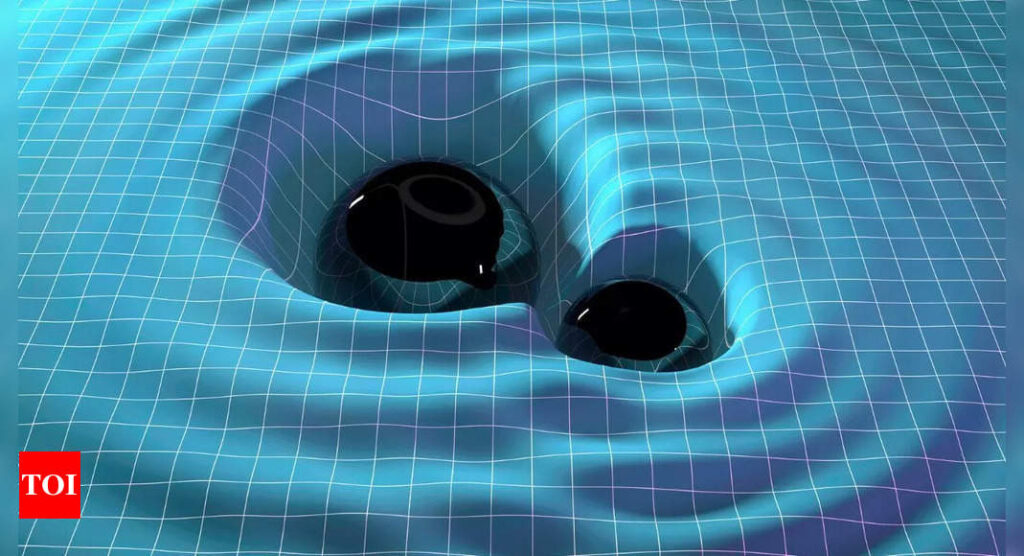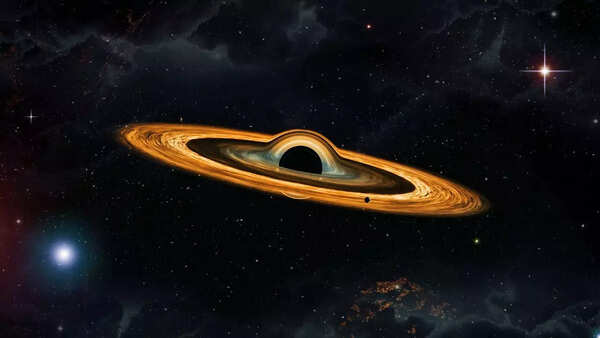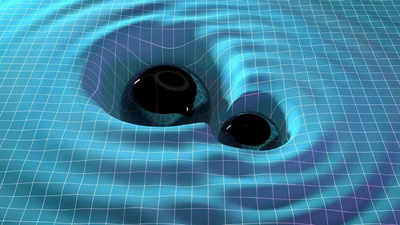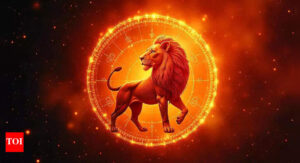What is ‘Gravitational Memory’, Einstein’s forgotten theory that might turn out to be actually true

For over a century, Einstein’s theory of general relativity has shaped our understanding of the universe. One of its more fascinating predictions is gravitational memory, the idea that space-time itself retains a lasting imprint when gravitational waves—ripples from cataclysmic cosmic events—pass through it. While scientists have already detected gravitational waves using observatories like LIGO and Virgo, proving their long-term effects remains a challenge.
Now, a team of theoretical physicists believes they may have found a way to observe this phenomenon. Their research suggests that the cosmic microwave background (CMB)—a faint radiation left over from the Big Bang—could carry traces of powerful gravitational waves from distant black hole mergers. If confirmed, this discovery could not only provide direct evidence of gravitational memory but also offer new insights into the most energetic events in the universe’s history.

“The observation of this phenomenon can provide us with more knowledge of different fields of physics,” said Miquel Miravet-Tenés, a doctoral student at the University of Valencia and co-author of the study, in an email to Live Science. “Since it is a direct prediction of Einstein’s theory of general relativity, its observation would serve as a confirmation of the theory, much like the observation of gravitational waves by LIGO, Virgo and KAGRA has done! It can also be used as an additional tool to study some astrophysical scenarios, since it can contain information about the type of events that generate memory, such as supernovae or black hole collisions.”
According to general relativity, massive objects warp space-time, and when they accelerate—such as during a black hole collision—they generate ripples that travel across the universe at the speed of light. Unlike ordinary waves, which pass through matter without lasting effects, gravitational waves can permanently alter space-time itself.
The researchers wondered if this effect might be detectable in the cosmic microwave background. This ancient radiation has been traveling through space since the universe was just a fraction of its current age. If gravitational memory is real, tiny variations in the temperature of the CMB could serve as evidence of past black hole mergers.
“We can learn plenty of things,” said Kai Hendriks, a doctoral student at the Niels Bohr Institute at the University of Copenhagen and co-author of the study, in an email to Live Science. This could help scientists better understand the evolution of galaxies and black holes over billions of years.
To test their theory, the researchers calculated how black hole mergers might influence the CMB. Their analysis showed that these violent events should leave behind measurable changes in the background radiation. The strength of the signal would depend on the mass of the black holes and how frequently such mergers have occurred throughout cosmic history.

“The wavelength of light is directly related to its temperature—small wavelength means high temperature and large wavelength means low temperature,” said David O’Neill, another co-author and a doctoral student at the Niels Bohr Institute, in an email to Live Science. “Some of the light affected by the gravitational wave memory becomes ‘hotter’ while some of the other light becomes ‘colder.’ The regions of hot and cold light form a kind of pattern in the sky. We predict this pattern to be present in the cosmic microwave background, albeit quite faint.”
The challenge is that the temperature shifts caused by gravitational memory are expected to be extremely small—on the order of a trillionth of a degree. Current telescopes, like the Planck satellite, have mapped the cosmic microwave background in remarkable detail, but they lack the sensitivity to detect such tiny changes. However, future telescopes with greater precision might be able to spot these distortions, offering a new way to study the hidden gravitational forces that have shaped the universe.








